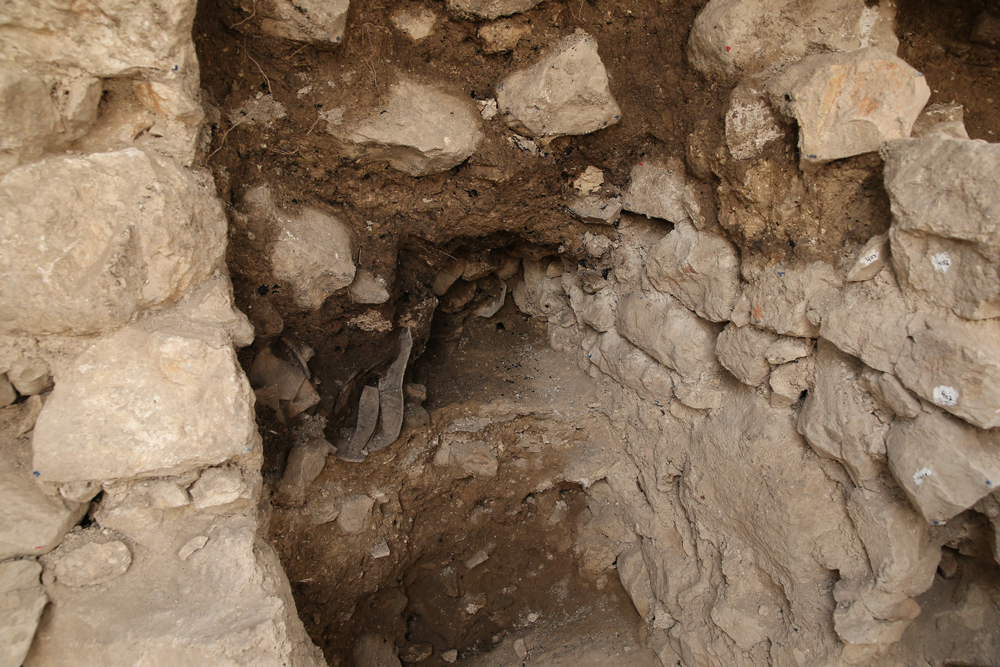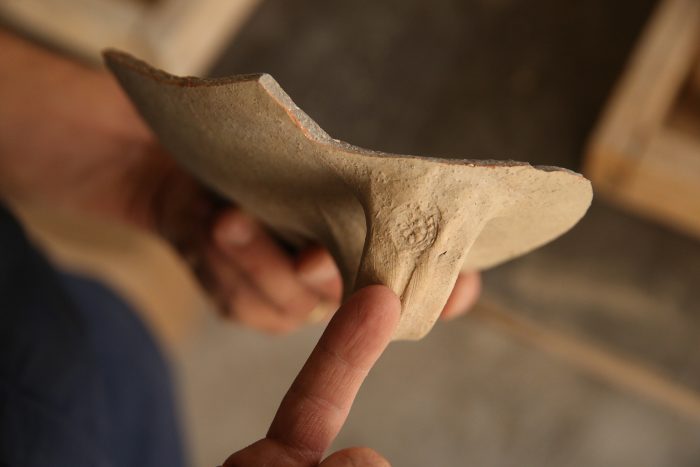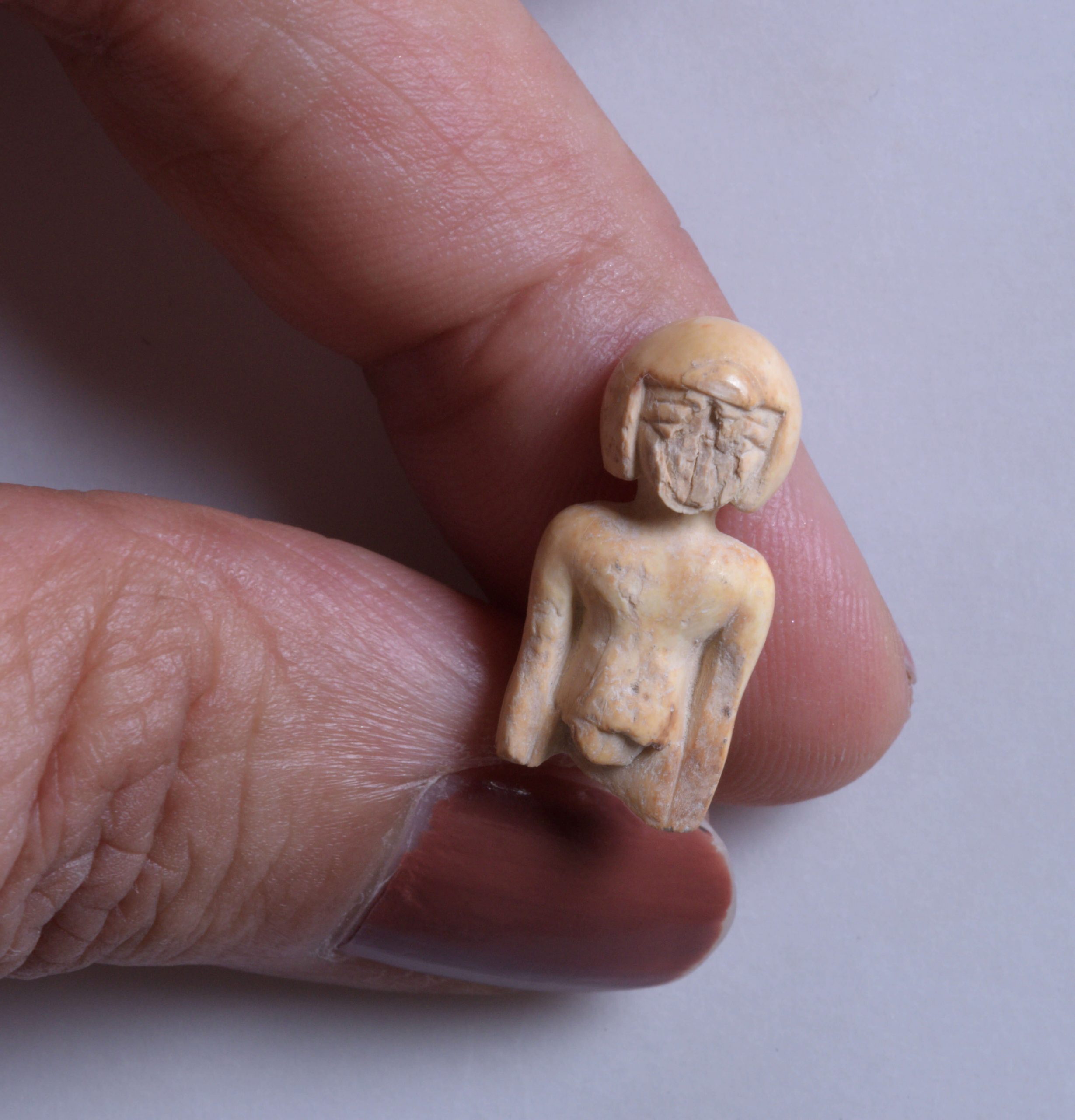
The City of David excavations funded by the Elad Foundation continue to connect today’s Jerusalem with the pilgrim city of the First and Second Temple in unprecedented ways. Underground tunneling continues to uncover the Tyropoeon Way, the main thoroughfare leading up to the foot of the Temple Mount, where archaeologists have discovered further testimony to the fall of King Herod’s newly rebuilt capital in 70 CE. The burnt remains of a palm tree and a store of eighteen large, earthenware vessels filled with scorched wheat, poignantly recall the fires that swept through Jerusalem on the heels of Rome’s conquering legionaries.
Over the hill, just below the outer wall of fifth-century BCE Jerusalem, an Israel Antiquities Authority excavation has found remnants of houses predating the razing of the First Temple, circa 586 BCE. Heaps of stones from that destruction covered and preserved these residences, whose blackened remains show they were torched despite being outside the city walls. Together with nearby homes that were abandoned but not burned down, the houses indicate that First Temple Jerusalem extended significantly eastward (as well as westward a few generations previously) beyond its earlier borders.
Artifacts unearthed here include grape seeds and fish bones, a finely carved, Egyptian-style ivory statuette of a naked woman, and potsherds from dozens of storage jars, many of their handles marked with a six-petaled rosette. This emblem replaced the La-melekh (“The King’s”) stamp used earlier in the eighth-century-BCE Israelite kingdom to identify produce collected as taxes.
The finds add to growing evidence of a centralized Israelite administration in this period, but while adding to our limited knowledge of life in First Temple Judea, raise as many questions as they answer.
Storage jar handle stamped with a rosette from the late Judean kingdom administration


